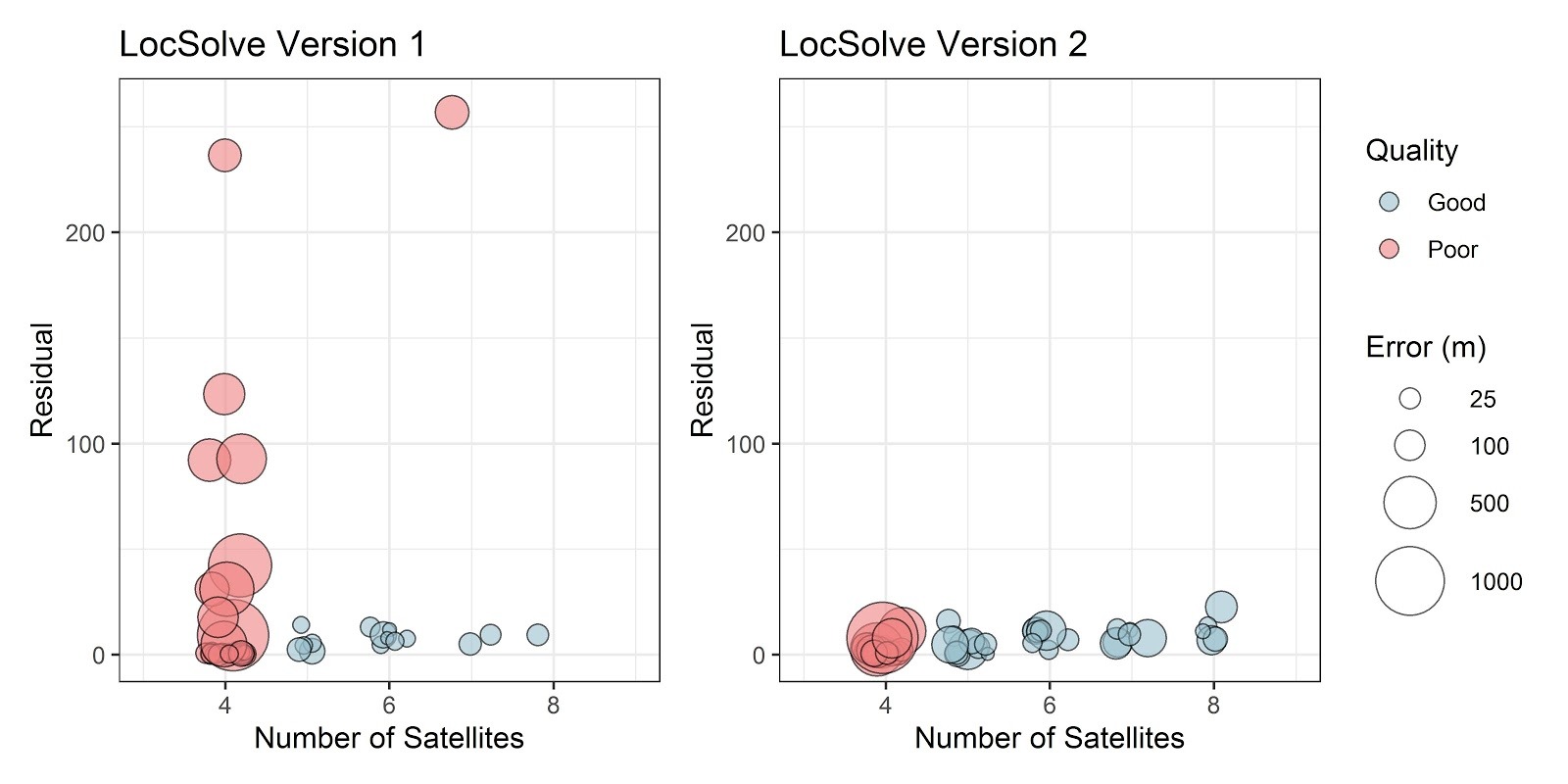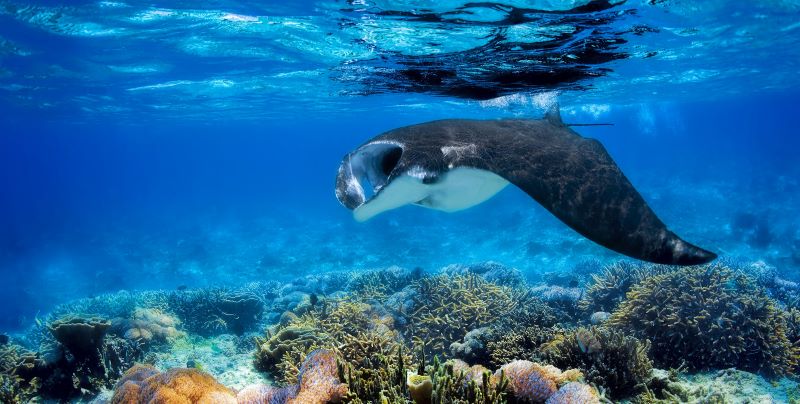Tips & Tricks – Argos Overview
Do you ever need a quick snapshot or overview of which of your Argos tags have received data within the past 24 hours? This is especially useful if you are testing tags after long-term storage, initializing your tags prior to deployment, or interested in a...



